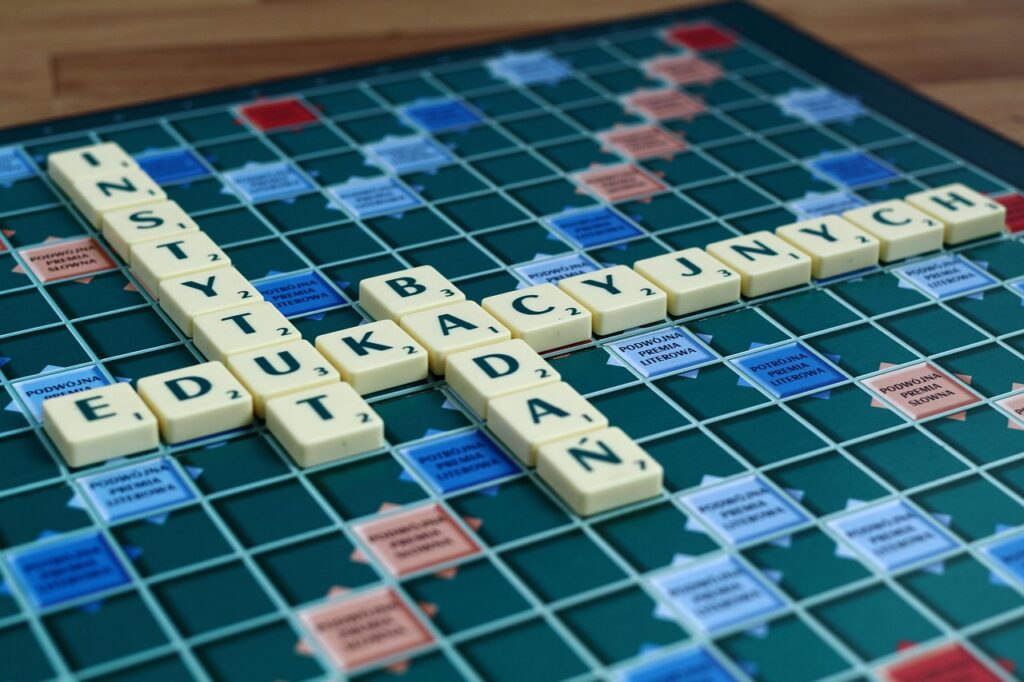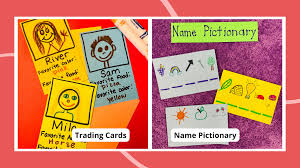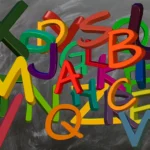1. Introduction: What is a Game Name Card?
A game name card is a specialized card used in board games, role-playing games (RPGs), or party games to represent a character, player, or in-game identity. It serves as a visual and informational tool that helps players keep track of their roles and interactions within the card. Typically, a game name-card contains the player’s name, character name, or designated game role. In many cases, it may also include additional details such as skills, powers, or team affiliation, depending on the type of game being played. By using game gameplay becomes more organized and structured.
2. Types of Game Name Cards
Game name cards come in several varieties, each designed to suit different types of gameplay:
- Board Game Name Cards: These are commonly used in traditional board games to identify players or game pieces. They help keep track of each player’s position, role, or turn, ensuring smooth gameplay.
- Role-Playing Game (RPG) Name Cards: In RPGs, game name-cards go beyond simple identification. They often include character names, stats, skills, or special attributes, allowing players to quickly reference important information during the game.
- Party or Icebreaker Game Name Cards: Used in social settings, these cards help participants learn each other’s names and roles. They encourage interaction and make games more fun and engaging, especially in group activities.
- Digital or Virtual Game Cards: In online or video games, virtual game name cards display a player’s username, level, or rank. They serve as digital identifiers, allowing players to recognize each other and track progress in the game.
Each type of game name-card plays a key role in organizing gameplay, enhancing player identity, and improving interaction among participants.

3. Importance of Game Name Cards
Game name cards are essential tools that enhance both the structure and experience of a game. Their importance can be seen in several key areas:
- Organization: Name cards help keep track of players or characters easily, ensuring that gameplay runs smoothly without confusion or delays.
- Identity: They foster a sense of ownership and immersion in the game by enabling players to relate to their in-game persona or role.
- Gameplay Enhancement: By clearly showing roles, stats, or abilities, game name cards facilitate smooth interactions and role-based strategies, making the game more engaging and strategic.
- Social Interaction: In group or party games, name cards encourage communication and teamwork, helping players interact, collaborate, and learn each other’s roles more effectively.
Overall, game name cards contribute significantly to organized, enjoyable, and interactive gameplay.
4. Design Elements of a Game Name Card
A well-designed game name card combines clarity, functionality, and visual appeal. Key design elements include:
- Name or Identity: The player’s name or character name should be prominently displayed, making it easy to identify during gameplay.
- Role or Function: Cards often include information about a player’s team, class, or abilities, which helps others understand their role in the game and plan strategies accordingly.
- Visual Design: Using colors, symbols, or illustrations makes the cards visually appealing and allows quick recognition of different players, teams, or character types.
- Additional Info: Depending on the game, cards may include stats, levels, or specific instructions, providing quick references that enhance gameplay and reduce confusion.
By carefully considering these elements, a game name card becomes both functional and engaging, supporting smooth, organized, and enjoyable play.
5. Design Elements of a Game Name Card
A well-designed game name card combines clarity, functionality, and visual appeal. Key design elements include:
- Name or Identity: The player’s name or character name should be prominently displayed, making it easy to identify during gameplay.
- Role or Function: Cards often include information about a player’s team, class, or abilities, which helps others understand their role in the game and plan strategies accordingly.
- Visual Design: Using colors, symbols, or illustrations makes the cards visually appealing and allows quick recognition of different players, teams, or character types.
- Additional Info: Depending on the game, cards may include stats, levels, or specific instructions, providing quick references that enhance gameplay and reduce confusion.
By carefully considering these elements, a game name card becomes both functional and engaging, supporting smooth, organized, and enjoyable play.

6. Common Mistakes to Avoid
When creating or using game name cards, certain mistakes can reduce their effectiveness and disrupt gameplay. Common errors include:
- Overcrowding the card with too much information: Including excessive details can make the card confusing and hard to read, defeating its purpose of quick reference.
- Using fonts or colors that are hard to read: Poor font choices or low-contrast colors can make names, roles, or stats difficult to see, slowing down gameplay.
- Failing to differentiate between players or roles clearly: If cards look too similar, players may struggle to identify roles or teams, which can lead to mistakes and confusion.
- Ignoring durability: Physical cards that are handled frequently should be made from sturdy materials. Flimsy cards can tear, fade, or wear out quickly, impacting long-term usability.
Avoiding these mistakes ensures that game name cards remain clear, functional, and durable, enhancing both organization and player experience.
7. Conclusion
Game name cards are an essential tool for organizing gameplay, enhancing player identity, and improving interaction among participants. They provide clarity, structure, and a visual representation of each player’s role or character, making games easier to follow and more engaging. Whether used in board games, role-playing games, or party games, well-designed name cards contribute significantly.

